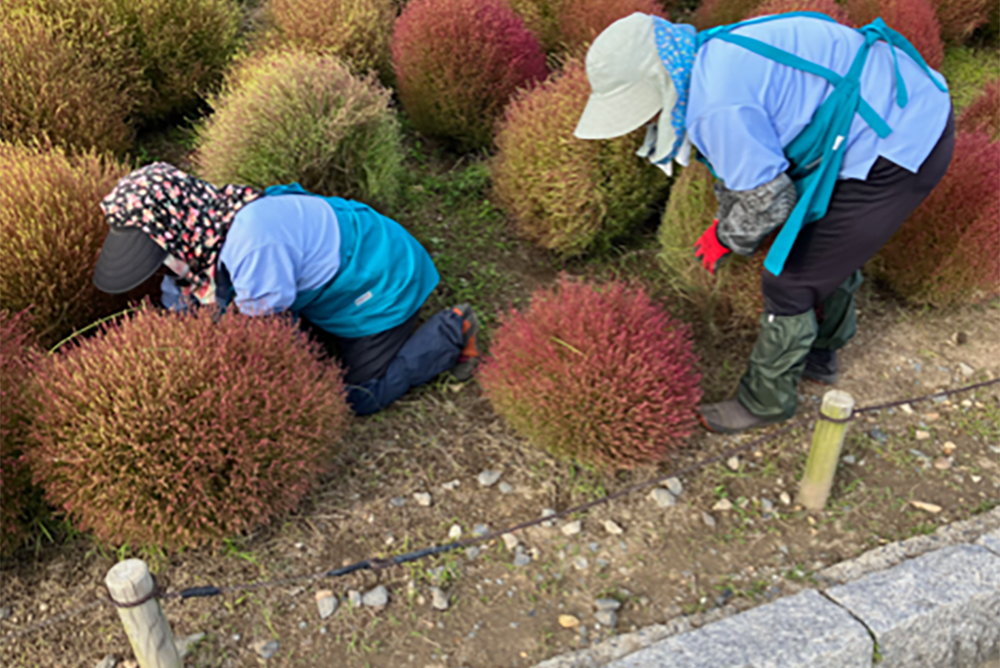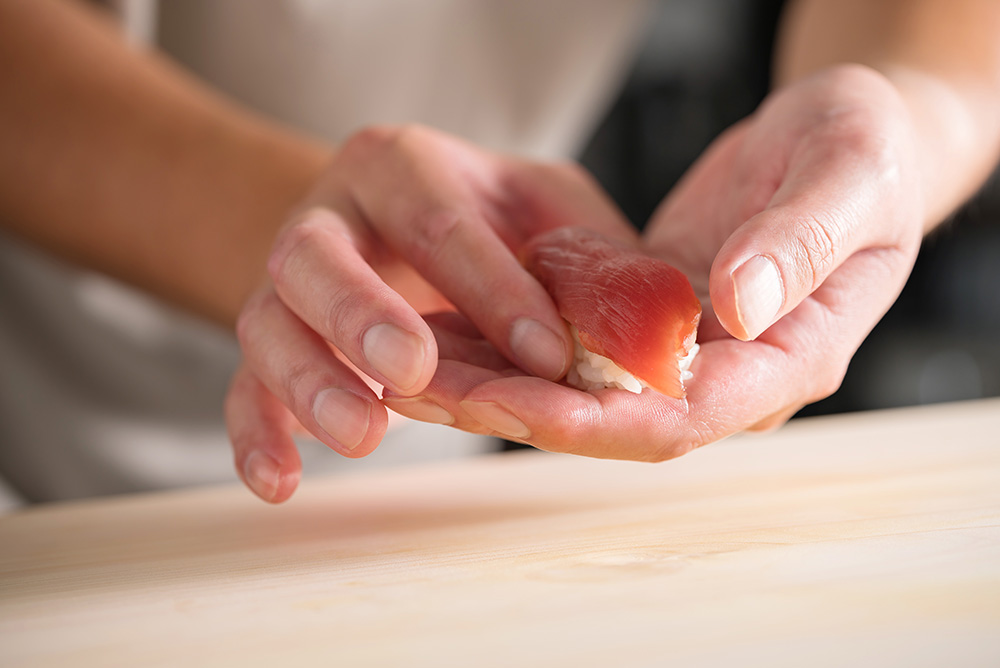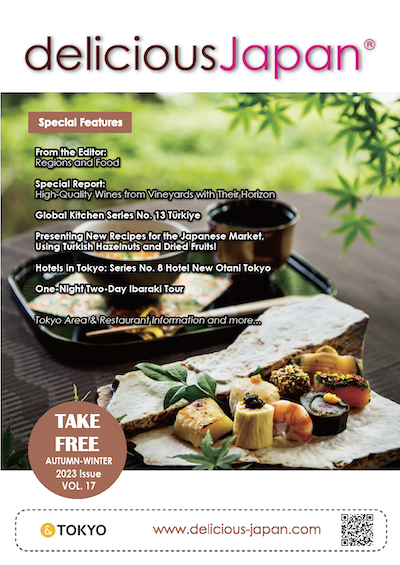Amuse Museum: Asakusa's Hidden Gem
Kiyoshi Tatsumi, President, Amuse Edutainment Inc.
Photo by Kyoichi Tsuzuki

Right next to Sensoji Temple in Tokyo’s Asakusa district and you’ll find “Amuse Museum”, a space that offers a stunning display of textiles, “ukiyoe” style prints, visual and more. Amuse museum has drawn widespread acclaim both in Japan and abroad as a precious archive showcasing the beauty, harmony, and ingenuity of Japanese culture. Exhibits featuring “Boro”, a centuries old style of patchwork made by peasants in northern Japan, have made waves in both art and fashion circles. And with multilingual staff and explanations in both English and Japanese, Amuse Museum is an absolute must see for any trip to the Tokyo area.
Amuse museum is perhaps best known for its groundbreaking exhibit of "boro" textiles. Worn primarily from the Edo Period up until the 1950’s, boro (literally "rags") was made from hemp cloth by peasants living in what is now Aomori Prefecture. From clothing to bedding, boro was the bedrock for survival for the poor in an often bitterly cold and harsh environment. As an essential possession, boro was passed down, re-stitched, and patched up by families over hundreds of years. For museum director Kiyoshi Tatsumi, this is an expression of “mottanai”, the Japanese concept of letting nothing go to waste. He describes it as “the polar opposite of today’s consumer culture”. However, the rugged artistry in boro textiles is unmistakable. Interestingly enough, the museum’s opening has triggered a “boro boom” in the international fashion industry. Today, brands like Louis Vuitton have their own lines of “BORO” clothing.
Visitors to Amuse Museum can see real "boro" up close and personal. Unlike other museums, touching and photography are permitted. The first of its kind, the boro exhibit is one of the most extensive collections of folk textiles in the Japan. It is an incredible opportunity experience history with a depth rarely found anywhere else. Among the exhibition items are large thick coats where generations of families huddled into for warmth at night, as well as cloth mats used for both delivering babies and as a deathbed for the old and sick. But looking at the items on display, it becomes clear that "boro" outfits also served as a fashion, even in such desolate conditions. Mr. Tatsumi explains, “we often talk about fashion as something superficial, but making yourself look good, appeal to the opposite sex and pass on your genes is one of our most fundamental instincts”. Perhaps most of all, boro is a testament to the artistry, ingenuity, and resilience of human beings.
Amuse Museum is also home to a digital archive of the Spaulding Collection, a 6000-piece collection of priceless “Ukiyoe” prints by such notable artists as Hokusai Katsushika, Hiroshige Utagawa, and others. As the prints are extremely delicate, they can never be exhibited to the public. However, Amuse’s “Ukiyoe Theater” shows a film featuring a selection of prints with English subtitles. High resolution copies are also on display, showing sensitive, vivid portrayals of life in old Japan. According to Mr. Tatsumi, this exhibition has been visited by ukiyoe researchers as a rare opportunity to see pieces from the collection up close. Visitors will leave with a deeper appreciation of the artistic value of the prints and the historical context in which they were created.
After enjoying the exhibitions, you can see breathtaking views of Sensoji Temple from the building rooftop. Going down to the first-floor museum shop you will find a charming selection of clothing, artwork, textiles, books (English and Japanese) and much, much more. Perfect for anyone looking for something that goes beyond usual souvenir fare. Be sure to come back at night to visit “Bar Six” on the museum's top floor to enjoy drinks overlooking the beautiful Sensoji Temple grounds.
Unfortunately, Amuse Museum is set to close at the end of March 2019 due to its aging building, so you should act soon if you want to see its incredible combination of art, history, and culture in its current incarnation. However, if you can't make it to Tokyo before then, you may not have to worry. "We are currently exploring new facilities for our collection" says Mr. Tatsumi, "and we intend to continue the museum".
Hours: 10:00AM-6:00PM (5:30PM last admission) | Closed Mondays |
Bar: 6:00PM-2:00AM (6th floor) | Closed: Mondays |
Address: 2-34-3 Asakusa, Taito-ku, Tokyo, Japan 111-0032 | Phone: 03-5806-1181
Closes on March 31st, 2019 | http://www.amusemuseum.com/english/index.html





